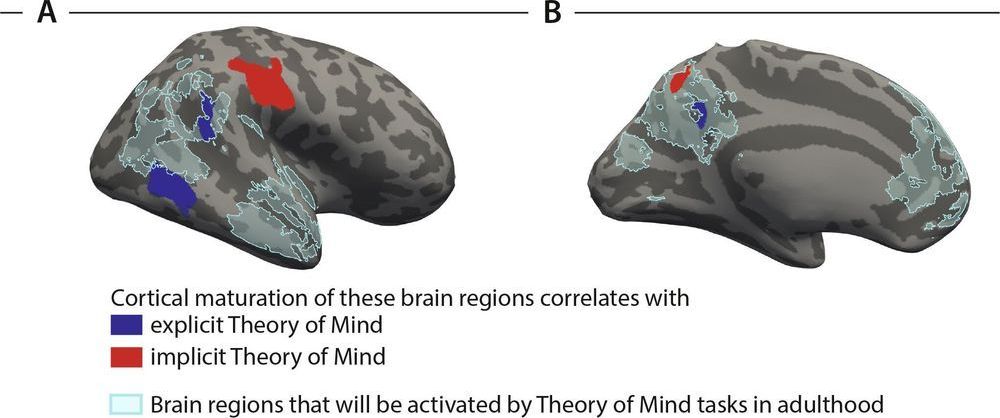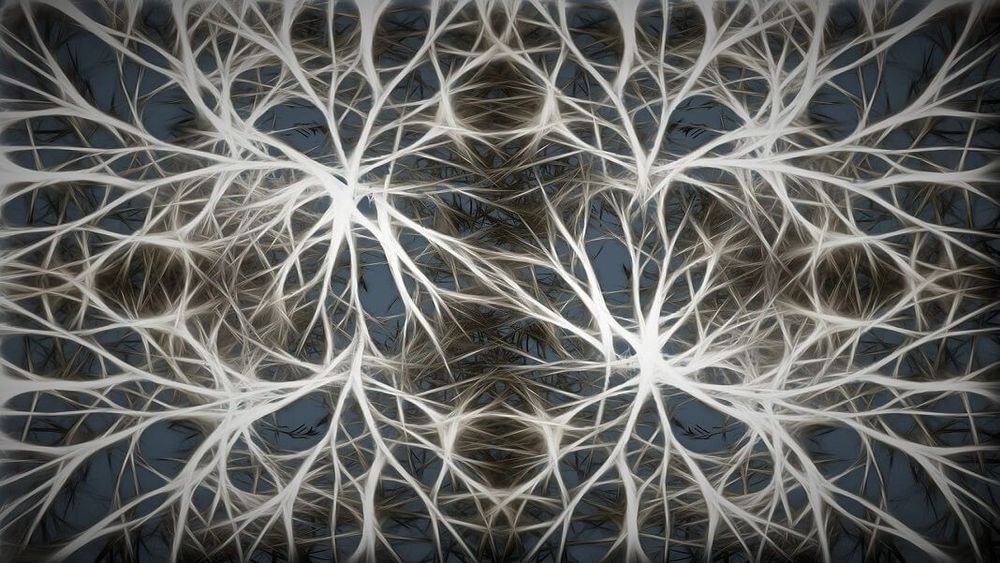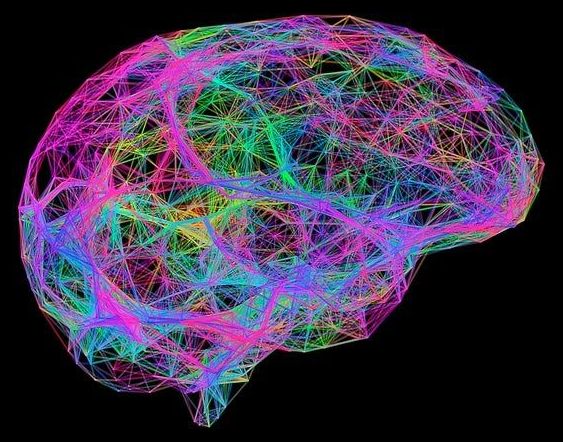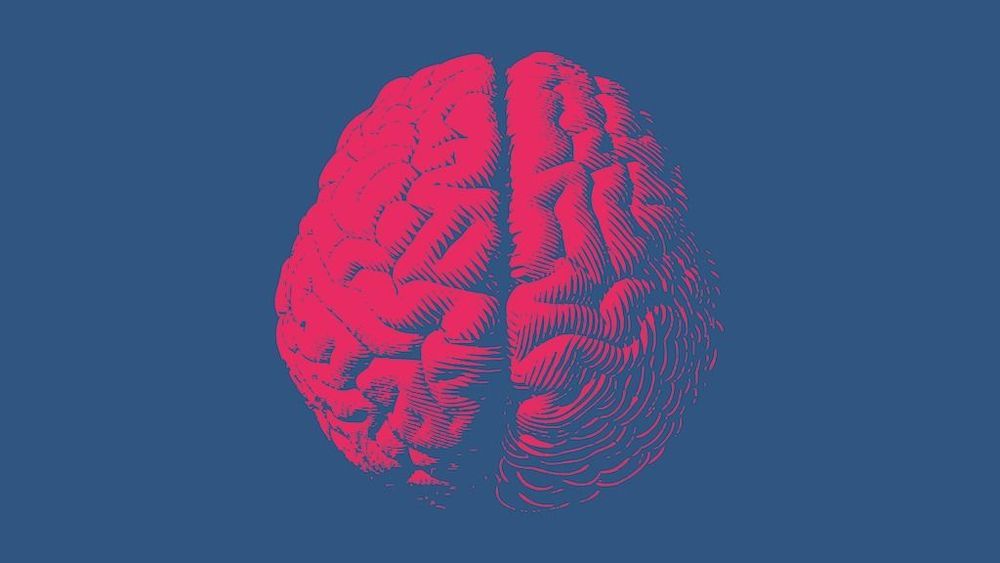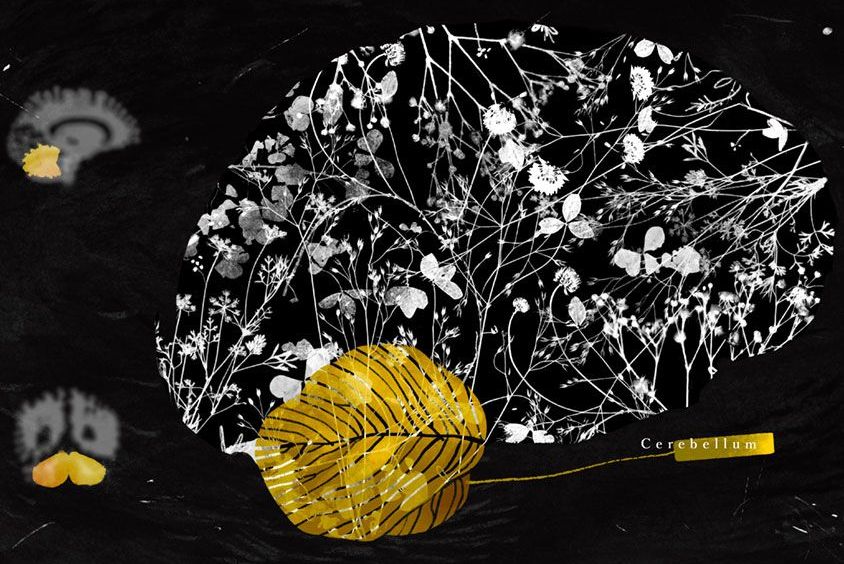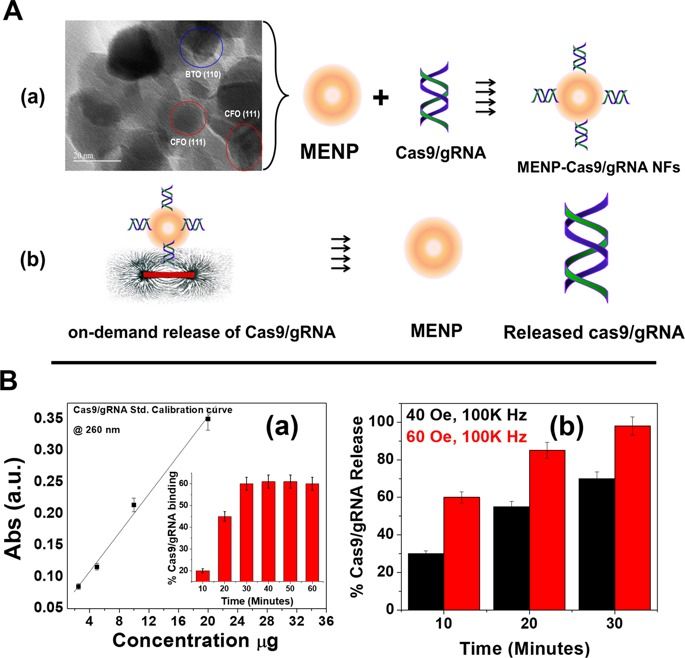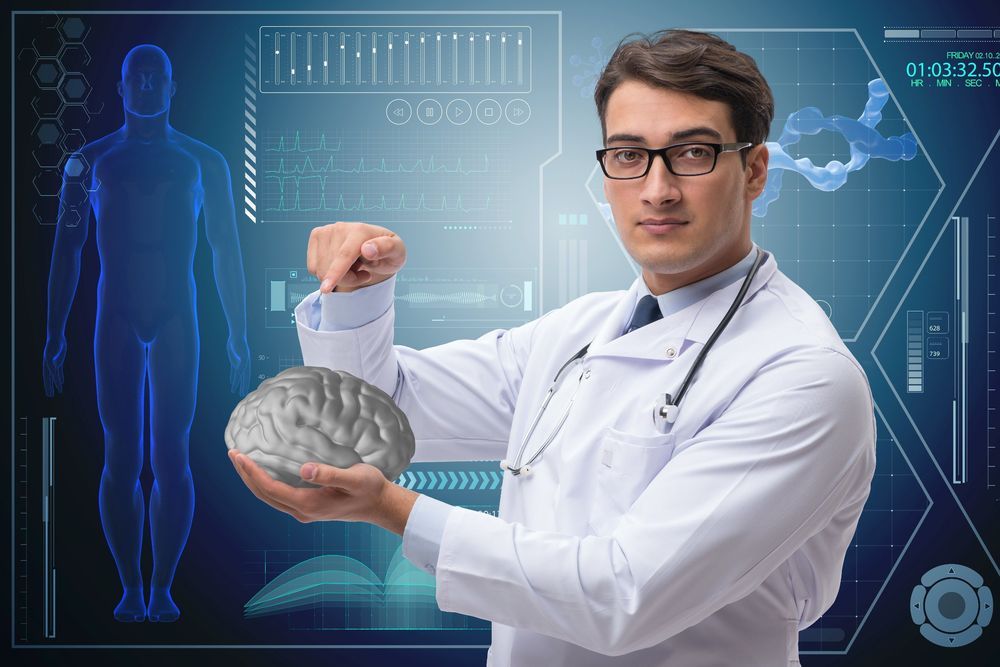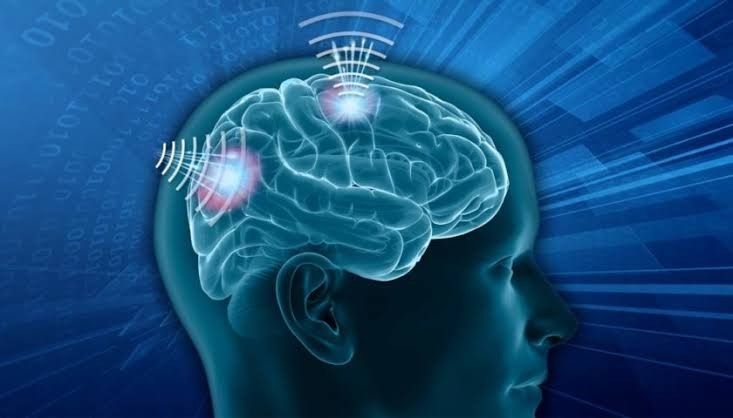Mar 10, 2020
The brain has two systems for thinking about the thoughts of others
Posted by Genevieve Klien in category: neuroscience
In order to understand what another person thinks and how he or she will behave, people must adopt someone else’s perspective. This ability is referred to as “theory of mind.” Until recently, researchers were at odds concerning the age at which children are able to do such perspective-taking. Scientists at the Max Planck Institute for Human Cognitive and Brain Sciences (MPI CBS), University College London, and the Social Neuroscience Lab Berlin shed new light on this question in a study now published in the Proceedings of the National Academy of Sciences.
According to the study, four-year-olds seem to be able to understand what others think. The study reports that this unique ability emerges around four years of age because of the maturation of a specific brain network that enables this. Younger children are capable of predicting others’ behavior based on what they think, but the study shows that this prediction of behavior relies on a different brain network. The brain seems to have two separate systems to take another person’s perspective, and these mature at different rates.
The researchers investigated these relations in a sample of three- to four-year-old children with the help of a video clips that show a cat chasing a mouse. The cat watches the mouse hiding in one of two boxes. While the cat is away, the mouse sneaks over to the other box, unnoticed by the cat. Thus, when the cat returns, it should still believe that the mouse is in the first location.
